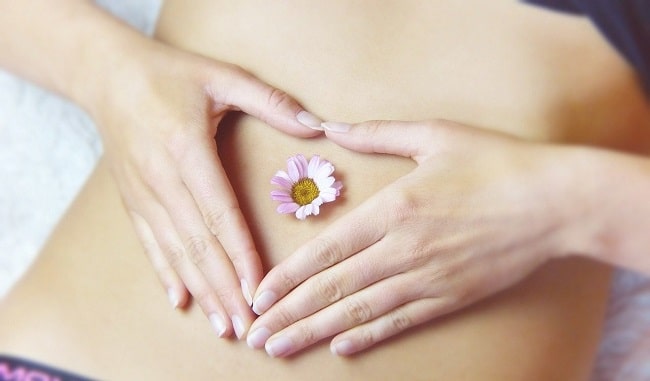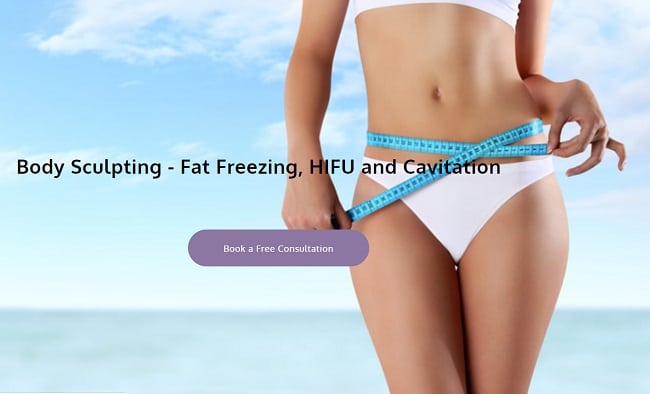Our association of the word contouring with makeup is largely influenced by the simplicity it. Well, maybe not simple enough for everyone. However, when we think of contouring, our mind races to YouTube videos. If your mind did the same, then imagine body contouring as just that.
Essentially, makeup artists use makeup to manipulate areas of their face into looking slimmer. This is the underlying principle seen in body sculpting or body contouring.
Page Contents
What Is Body Sculpting?
If you’ve ever seen a sculptor at work, you’d notice his attention to detail. Every surface of his model is carefully thought out. Every curve and every angle is perfected. Understandably so, the end result is often a masterpiece. Body sculpting, also known as body contouring, is a cosmetic procedure. Hence, unlike other procedures, this does not merit either emergency or urgency. It is, nonetheless, a procedure often sought out by millions of people across the world.
To put this into perspective, Americans spend nearly 247 million dollars every year on cosmetic procedures. Furthermore, studies show that nearly 96% of people are dissatisfied with their bodies or wish to have something changed. This is where body sculpting comes to aid. In effect, it is a non-invasive procedure to remove fat from unwanted areas of the body.
The Difference between Liposuction and Body Sculpting
Right about now, you’ve probably deduced that body sculpting is exactly like liposuction. Given their common feature – they’re both cosmetic procedures. However, that’s probably all that there’s common between these two procedures. Liposuction, for its part, is highly invasive and can result in scarring. Undeniably, liposuction does produce faster results.
If you’re still on the fence between picking between these two, have a look at their pros and cons. Liposuction is an invasive surgical procedure done under anesthetics. Understandably, the procedure is not without complications. Most notable of which is scarring. However, side effects can range from swelling up to death in some cases. On the other hand, body sculpting is a much slower process. Body sculpting is nonetheless non-invasive.
With a non-invasive surgery, patients don’t have to worry about unfavorable side effects besides perhaps redness. Added to this is the fact that body sculpting or body contouring is done much more quickly and won’t leave a scar. If you’re still on the fence, let’s make it clear – body sculpting is the more favorable option here.
Eligibility for Body Sculpting
Now, with cosmetic procedures, patients are at liberty to choose when to have them. Again, it’s not like someone would choose to have open-heart surgery. However, that same person might choose to have fat sucked out of them to shape their body better. While this is an assertion for cosmetic procedures, they are nonetheless overseen by trained physicians who may or may not deem you ineligible for surgery.
Another difference between liposuction and body sculpting is the fact that liposuction is done on more obese patients. It would be easier for you to imagine that anyone with a BMI over 30 is ineligible for body sculpting. In fact, there isn’t a physician on the face of the planet who will blindly recommend you for surgery.

Types of Body Sculpting
1. Fat Freezing or Cryolipolysis
There are many variations of body sculpting that a patient can opt for based on affordability, time and ease. Of these, the most common variation is fat freezing. This treatment is a cold treatment of sorts where temperatures cold enough to freeze or arrest fat cells are employed. The procedure involves the use of a device that literally sucks portions of your skin and cools it.
An understandable question at this point would be, ‘won’t it damage my skin?’ No. This treatment leaves your skin intact with no underlying injury. The only contraindication to this procedure is if the patient has known vascular conditions such as Raynaud’s Syndrome.
2. Heat Treatments
This treatment is also known as laser treatment and understandably works with the aid of a laser. The laser in question has been FDA approved for fat reduction. While cold treatments arrest the fat cells, heat treatments damage them beyond repair. Hence, these procedures take relatively smaller amounts of time. These procedures are mostly recommended for fat removal from the stomach and thighs.
3. Ultrasound Treatments
With body sculpting employing ultrasound energy, the technician manually moves through areas with a device. This procedure is the most time consuming of the bunch and has limited use besides working in the abdomen.
4. Radio Energy Treatments
As with heat treatments, radio energy devices also generate heat that would kill fat cells. A differentiating feature is a fact that they target the water within the fat cells. Fun fact, fat cells (adipocytes) are visualized by their inherent lack of water. Hence, it goes without saying that you need to be well hydrated before this procedure.
Where Does The Fat Go?
With liposuction, the fat is literally pulled out of your body by the negative pressure produced by the attending physician. Body sculpting works on a different mechanism. Here, you’ll receive an hour or half an hour worth’s of treatment after which you’ll go on your way without immediate results. Since it takes the body from six to twelve weeks to drain out the destroyed fat cells from the lymphatics.
Conclusion
Body sculpting isn’t meant as a ‘quick fix’ for obesity. It’s a procedure most otherwise healthy and active individuals seek out to remove fat from problem areas. For example, losing thigh or lower body weight is much harder than losing fat from your face. If you’ve tried your hardest, but can’t shed off that bulge of fat, then opt for body sculpting.
Body sculpting is the second most common cosmetic procedure for fat removal. Second only to liposuction due to it being fairly new. However, notwithstanding the numerous benefits it has, it will soon be popularized.
